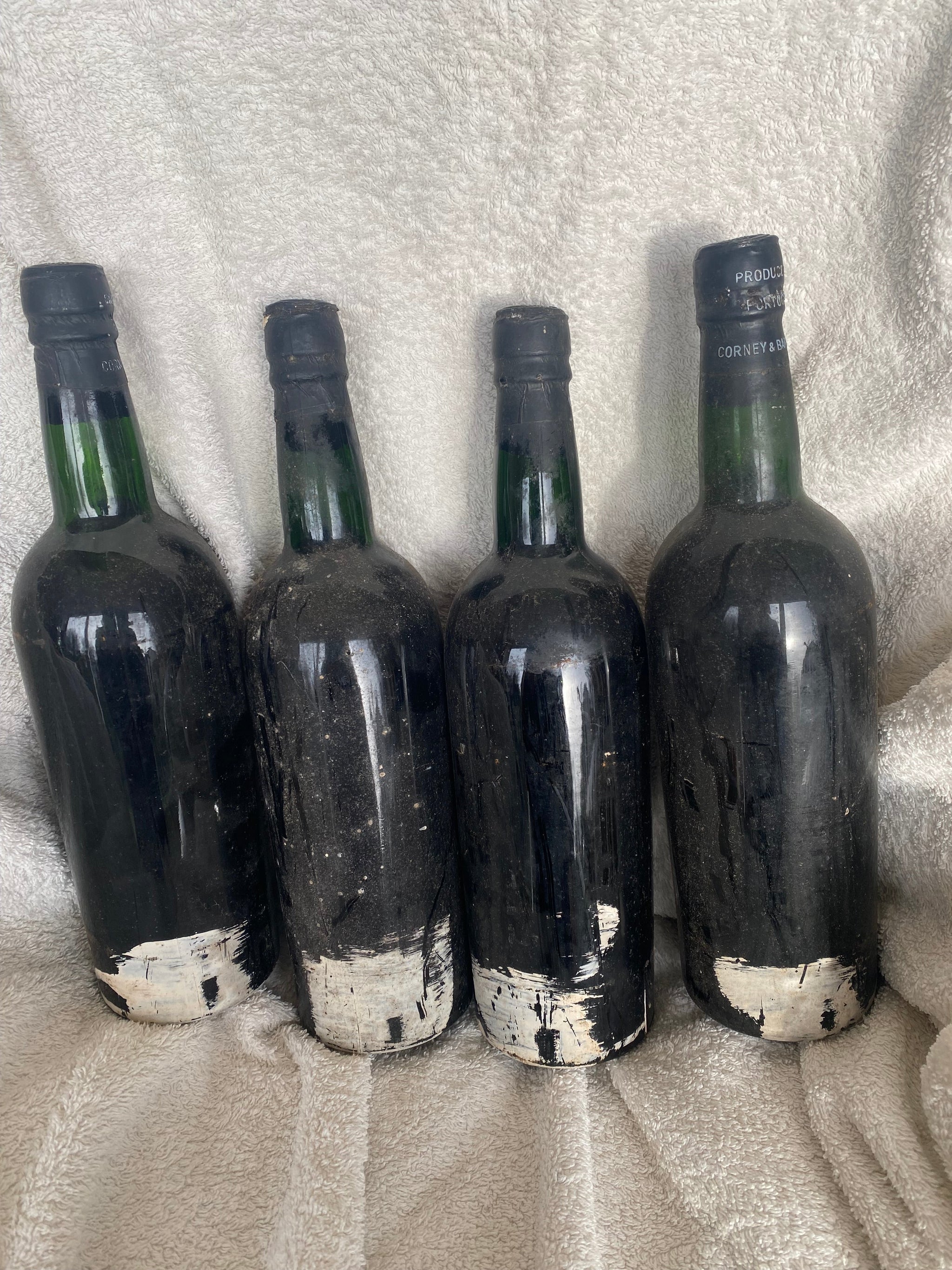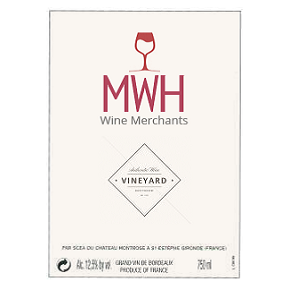September, the season of speculation
September has become known in the wine trade not as the beginning of a new season, but as the season of speculation. Each year we wait for early reports on the state of vines in Bordeaux and the prospects for the coming vintage.
Historically this has been a time of contrasts. Occasionally we’ve been buoyed by its success and begun looking forward to the following spring’s tastings while plotting how to ensure we can get some first tranche allocations. Rather more often, alas, we have received disappointing news and began working out how we can keep allocations to a minimum without affecting future relationships while dusting off the ‘Ideal for drinking young’ and ‘Refreshingly affordable’ sales pitches.
Since the turn of the millennium, however – and certainly post 2009 – the speculation seems to have revolved not on whether the latest Bordeaux vintage is good, but on how good it is. Look at Bordeaux’s vintages over the last 15 years and you’ll see what I mean:
2005 – Outstanding
2006 – Good, if overshadowed by 2005
2007 – Good
2008 – Very good
2009 – Outstanding
2010 – Outstanding
2011 – Moderate
2012 – Moderate
2013 – Moderate
2014 – Good
2015 – Very good to outstanding
2016 - Very good to outstanding
2017 – Good
2018 - Very good to outstanding
And what does 2019 Bordeaux have in store? Well the talk around the tasting table is of another good to very good vintage. It’s been yet another hot year and while anything can happen in the next couple of weeks, the omens are good.
Let’s compare this to the situation of the previous 15 Bordeaux vintages:
1991 – Moderate – poor, many Right Bank (Pomerol, St. Emilion etc) wines shouldn’t have been made
1992 – Moderate
1993 – Moderate
1994 – Good
1995 – Very good
1996 – Good to very good - outstanding in
1997 – Good
1998 – Good and very good on the Right Bank
1999 – Good
2000 – Outstanding
2001 – Good to very good
2002 – Good
2003 – Very good – if controversial
2004 - Good
The rise in the frequency of good to great years sounds like excellent news. The trade has been gifted a succession of genuinely good opportunities and claret lovers get to enjoy superb wines at all quality levels. I recently drank a bottle of the Château La Cardonne 2005, a reliably good Cru Bourgeoise, that in this glorious year borders on Classed Growth quality.
There is a worrying downside to this sudden abundance of riches. I say worrying for a number of reasons and in this new blog from MWH Wines – the home of affordable fine wines – I’ll explore these in detail and try and answer what, for many, has become a burning question: Is climate change killing Bordeaux with kindness?
The Bordeaux Balance
Since the Dutch engineers drained the Medoc swamp and vines took root in Bordeaux, the region’s wines have been rightly famed for their elegance, complexity, charm and balance. Each of its major constituent varieties – Cabernet Sauvignon, Merlot, Cabernet Franc, Petite Verdot and Malbec – thrive in an environment that provides a long, temperate growing season. Grapes enjoy plenty of hang time and the vagaries of the vintage’s conditions make – or break – the wines.
Until recently the unifying trait – or at least the unifying hope of winemakers – was to harvest a crop of healthy grapes that they can fashion into something special. Bordeaux has historically been a slightly marginal region for growing its signature varieties. OK it’s not as marginal as Champagne whose reliance on its heat reflecting chalk soils has been key to its fame, but it has often had just enough to get the job done well. This has translated into a charm and nuance that other warmer, less marginal areas cannot match.
It is this character that many are fearful of losing. As hot summers become more frequent so ripening will become faster, grapes more concentrated and harvests earlier. On the face of if it this is good news as many a glorious vintage has been washed away in September rains. Such conditions could also mean a change in character and a loss of vital complexity.
Now many will point to the great hot years of 1947, 1982 and 2003, all of which produced wines that are outstanding. Fair point. But these were freakish exceptions and the ‘C-word’ is often bandied about in a disparaging tone.
Having wines described as Californian isn’t a slur itself; many of their Cabernets and Bordeaux blends are of world class. They are not Bordeaux though. Such levels of extract, that tell-tale jamminess to the fruit, the low acidity so beloved of Parker (and hence his dizzy scores in 2003 where he gave away 100-point scores like they were personal burdens) are not traditional for this region and are not what claret lovers expect or, I would argue, want.
In the short-term this situation is one that many seem keen to embrace. Winemakers’ lives are being made easier, the trade has something good to offer each spring and drinkers are getting better (if slightly different wines). But how does this pan out over the long-term?
In Australia previously ‘cool’ areas such as McLaren Vale have encountered enormous problems. Winemaker Mike Brown at Gem Tree told me that in the last decade his harvests have moved forward a month and to ensure his Cabernet gets sufficient hang time he has had to spend much more time in the vineyard working on things like canopy management. In other areas they are grubbing up Cabernet altogether in favour of heat-loving vines like Pinot Nero, Malbec and Touriga Nacional.
While it’s hard to see Lafite popping in rows of Port grapes, the problem they face could be the same. The excessive heat as we saw in vintages like 2003 and 2019 stresses vines and produces wines that are higher in alcohol, lower in acidity and which can have an overripe character to them – all of which is the antithesis of what Bordeaux lovers expect.
Wine Investors
Fine wine is now an established investment commodity. In a world of low interest rates retail investors have been attracted by the often-spectacular returns. Liv-Ex has recorded rises of over 150% in the past five years – something even the FTSE 100 cannot match. So, what does climate change mean for the fine wine investment market? Put bluntly, a lot.
Like any other commodity, fine wine is driven by demand and supply and the best wines have always been in short supply, especially given you need good years to make it worthwhile. From 2000-2009 we had 5 genuinely investment grade yeas (a steep rise on the 1990s 3). From 2010-2019 we will also have had 5. In the short-term the market can absorb this bounty, even with wines like Cos d’Estournel, Pontet Canet and La Mission Haut Brion making wines that are close in quality and price to the First Growths.
In the longer term its harder to see this being sustainable. We have already seen excellent years such as 2018 being released at lower than expected market prices; a sure sign that the châteaux are conscious of being able to sell their wines en-primeur.
The en-primeur market could be another victim of the changes afoot. As a market en-primeur has faced tougher times of late with many questioning its value and some big-name estates such as Château Latour withdrawing completely. It used to be the case that when we had a great year buyers would fight for allocations. I remember an absolute bunfight for the 1996 northern Medocs such as Lafite and a similar scenario in 2005. Such a frenzy has all-but gone. Yes, wines like Petrus 2015 and 2016 are hugely sought after, but other traditional stars such as Lafite, Mouton and Margaux are relatively readily available.
What’s spooking investors is will next year be even better? Looking at 2009 and 2010, 2015 and 2016, and 2018 and 2019 you can see their point. And with the trend for vintages to get better – at least in the short-term – who’s to say that 2020, 2021 or 2023 won’t be even more glorious?
The Bordeaux Climate Change Bind
As things stand Bordeaux could be said to be enjoying the calm before the storm with a run of great, if not exactly classic, vintages. Roll forward a decade or so and Bordeaux may well be making Californian Cabernets rather than the elegantly balanced wines for which its rightly famed.
As we have said these changes are affecting other regions too, but Bordeaux – like Burgundy or Champagne – has few options to combat these changes. In Australia they talk of ‘going up or going north’, of changing varieties and of seeking out cooler sites. None of this is an option in Bordeaux and while canopy management and picking earlier are options, their effects are likely to be limited in the long run. Let us hope that the changes we have seen can be ameliorated in other ways…
‘Traditional’ Bordeaux: A New Investment Opportunity?
One interesting idea that some collectors and investors are discussing and putting increasing amounts of money behind is buying up large quantities of classic wines from great historical vintages. 1982, 1986, 1989, 1990, 1996 etc have all seen marked rises in price and demand. Why? Well aside from the fact that these older vintages can represent fine value – the 100-point 1986 Mouton Rothschild costs about the same as the 97-point 2010 – and stylistically these wines are classical. Such a style may be on the way out and as we have seen with the frantic price rises for Macallan owing to stylistic changes, these bottles could be set to surge in value.
Is Climate Change Killing Bordeaux With Kindness?
There is a distinct danger that what we are experiencing at the moment is a slightly troubling golden age that, if left unchecked, could lead to serious problems in Bordeaux. These increasingly rich, alcoholic and extracted wines have their charm, but they are not classic and if left unchecked could lead to Mouton creating wines that seem like homages to Opus One rather than the other way around.
Some may welcome such a change. Bordeaux’s harshest detractors have always bemoaned its lack of generosity, but the loss of that reserve, that complexity and breadth would be a great loss indeed. We can only hope that climate change can be arrested or that technology will find a way. In the meantime, though, it might be a wise move to stock up on classic red Bordeaux while you can...

